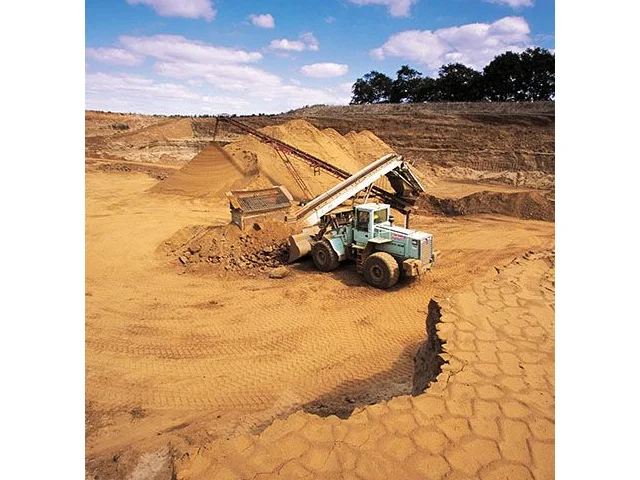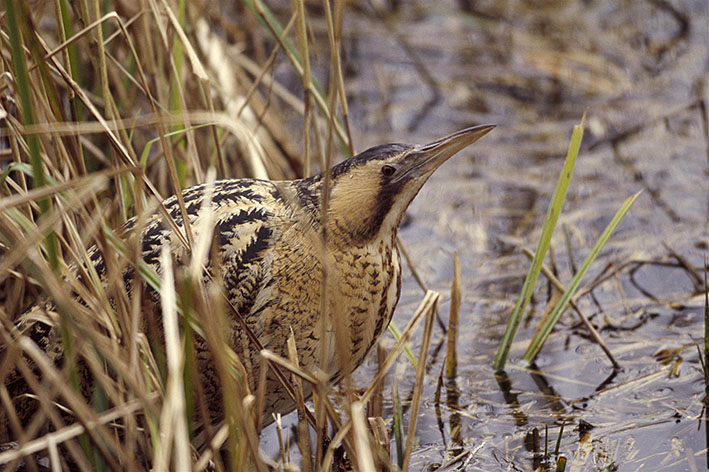New project to transform quarries into wildlife havens

Restore, a project financed by the EU’s Interreg IVB North-West Europe fund, will see €3.3m (£2.8m) spent on creating priority environments for wildlife, turning spent mineral extraction sites into reedbeds, meadows, woodlands and heathland. The extra funding comes as a host of sites across Britain and Ireland have recently recorded species bouncing back as a result of restoration work.
A variety of insects, crayfish, otters and birds are thriving in newly created habitats, and the new funding means conservationists and the minerals industry can do even more for wildlife in the future, according to the RSPB.
The Restore project will see the RSPB, Surrey County Council and five other partners from across north-west Europe coming together to work collaboratively and invest in demonstration sites which show what can be achieved for nature through appropriate and sustainable quarry restoration.
The recent State of Nature report, launched by Sir David Attenborough and 25 leading nature organisations, revealed that 60 per cent of UK species are in decline. Loss of natural habitat was singled out as one of the biggest causes.
Martin Harper, RSPB Conservation Director, said: “The State of Nature report was a wake-up call for all of us that we need to do more for wildlife, and quarry restoration can really help us do that.
“In recent years the minerals industry and conservationists have forged a vital link and we have seen some truly inspiring work as a result. I have walked through wildlife havens alive with birds, butterflies and wild flowers where once there were diggers, excavations and conveyor belts. These transformations show that with the right expertise and dedication it is possible to bring wildlife back to our countryside, for all to enjoy.
“This money and the project it will support are vital if we are to carry that work on. I want to say thanks to the minerals industry for all that they have done for our wildlife so far – and I want to challenge them to go even further so we can turn even more of these sites around.”
Nigel Jackson, Chief Executive of the Mineral Products Association (MPA), added: “This funding is a great development. MPA members do a fantastic job working to restore sites for wildlife and collaborate with partners on all fronts, at home and overseas.
“Together, we can help reverse the decline in biodiversity by creating priority habitat and providing vital footholds for endangered species. The minerals industry is in a unique position to be able to make a difference.”
Quarries and conservation – the success stories |
|
• A rare Spider-eating Wasp identified for the first time in England at the LafargeTarmac Sandy Heath quarry, Bedfordshire. • Numbers of breeding Great Crested Newts at record levels at Ryder Point quarry in Matlock, Derbyshire. • First Otter and increasing numbers of Bitterns and Marsh Harriers at a Hanson quarry site at Ouse Fen, Cambridgeshire. • Native White-clawed Crayfish have been reintroduced by Buglife to Kemerton Lake, Worcestershire, a former sand and gravel extraction site. • Increased sightings of the threatened Small Blue and Grizzled Skipper butterflies at restored Cemex quarry sites in Warwickshire. Cemex has previously shown its green credentials by creating sandbanks for Sand Martins to nest in on its quarries. |

One of the project's success stories, Bittern is being seen in increasing numbers
at a former Hanson quarry site at Ouse Fen, Cambridgeshire.
Photo by Andy Hay (www.rspb-images.com).

